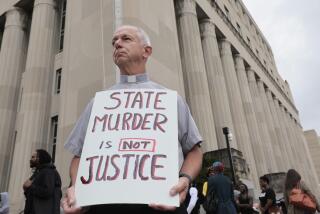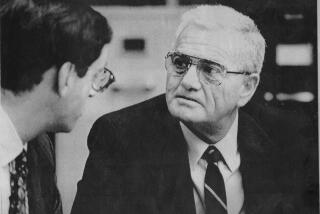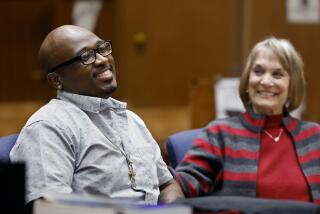Redoing math of ‘exonerations’
- Share via
Re “Estimating innocence,” Opinion, June 11
In this article, Samuel R. Gross refers to an analysis I wrote in 2006 in the New York Times that was cited by Justice Antonin Scalia as “nonsense.” In that analysis, I pointed out that Gross and his team of researchers were able to document something less than 400 cases of what he called “exonerations” over a 15-year period.
As a district attorney, my worst fear is not losing a case, it is convicting an innocent person. I pointed out that in the 15-year period of his study, there were literally millions of rapes, murders and other serious crimes out of which Gross’ team was able to identify less than one in a hundredth of 1%. In his June 11 article, he gets his math wrong. I did not count “all criminal convictions,” only felonies. And to give Gross every benefit of the doubt, I increased the wrongful conviction rate by a magnitude (10 times). Even then, that means an error rate of less than one-tenth of 1%.
Americans are far more likely to be killed by a careless healthcare worker than they are to be wrongly imprisoned.
JOSHUA MARQUIS
District Attorney
Clatsop County
Astoria, Ore.


